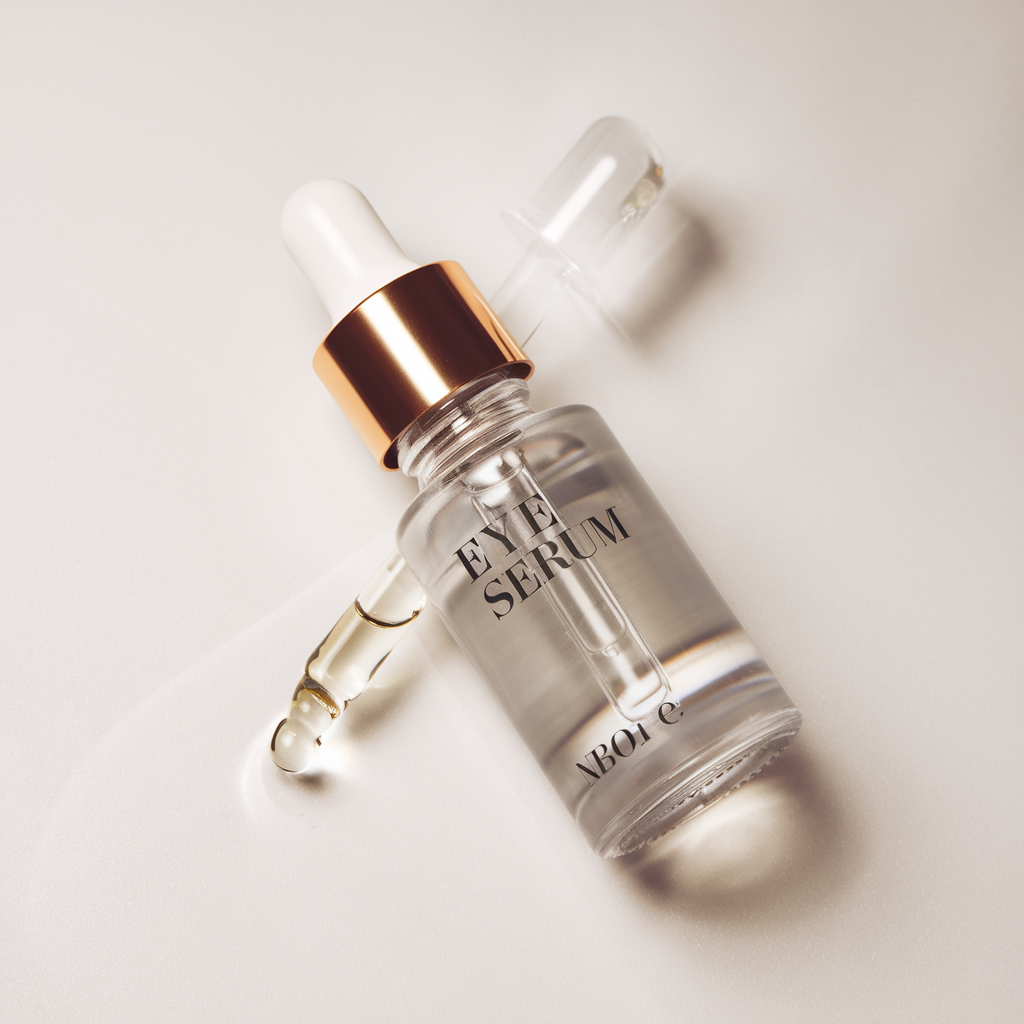The Struggles of Oily Skin and Eye Care
Oily skin can be both a blessing and a curse. While the natural oil helps to keep the skin hydrated and less prone to wrinkles, it also brings challenges like excess shine, clogged pores, and a higher risk of breakouts. When it comes to the delicate skin around the eyes, these challenges can become even more pronounced. Dark circles and puffiness are common issues that can make you look tired and older than you are. The key is finding a good eye cream that addresses these concerns without exacerbating oiliness.
The Importance of Choosing the Right Eye Cream
The skin around your eyes is thinner and more sensitive than the rest of your face, making it more susceptible to issues like dark circles, puffiness, and fine lines. For those with oily skin, choosing an eye cream that doesn’t add to the oiliness or clog pores is crucial. Good eye cream should be lightweight, non-greasy, and formulated with ingredients that target specific concerns like dark circles and puffiness while also being suitable for oily skin.
What Makes the Most Effective Eye Serum for Oily Skin?
Selecting the right ingredients is key when choosing an eye cream. The most effective eye serums for dark circles and puffiness combine powerful active ingredients with a formulation that won’t weigh down oily skin. Here are some of the top ingredients to look for:
- Caffeine: Caffeine is a well-known ingredient for reducing dark circles and puffiness. It works by constricting blood vessels, which helps to reduce the appearance of dark circles and decrease swelling.
- Peptides: Peptides are essential for boosting collagen production, which helps to maintain the skin’s structure and reduce the appearance of fine lines and puffiness.
- Hyaluronic Acid: While oily skin may not seem to need additional hydration, hyaluronic acid is a must-have ingredient. It provides lightweight moisture that plumps the skin without adding oil, making it perfect for the delicate eye area.
- Vitamin C: This antioxidant is great for brightening the skin and reducing the appearance of dark circles. It also helps to protect the skin from environmental damage, which can exacerbate signs of aging.
- Niacinamide: Also known as vitamin B3, niacinamide is ideal for oily skin as it helps to regulate sebum production while improving the skin’s barrier function. It also has anti-inflammatory properties, which can help to reduce puffiness and redness.
The Causes of Dark Circles and Puffiness
Dark circles and puffiness can be caused by various factors, including genetics, lack of sleep, stress, and environmental factors. For those with oily skin, these issues can be further exacerbated by excess sebum production, which can lead to clogged pores and inflammation.
Dark circles are often the result of poor circulation and the thinness of the skin around the eyes, which makes blood vessels more visible. Puffiness can result from fluid retention, allergies, or lack of sleep. By understanding these underlying causes, you can select an eye cream that effectively addresses them.
The Difference a Good Eye Cream Can Make: Before and After
Using a good eye cream regularly can lead to noticeable improvements in the appearance of dark circles and puffiness. With consistent use, many people report seeing a significant difference in before and after comparisons. The skin around your eyes may appear brighter, smoother, and more even-toned.
Before you start using an eye cream, take a close look at the skin around your eyes. Are there noticeable dark circles or puffiness? As you use the product over several weeks, compare your results. Many users find that their dark circles have lightened, puffiness has decreased, and the overall texture of their skin has improved.
How to Apply Eye Cream for Best Results
Applying your eye cream correctly is essential to getting the best results. Follow these steps for optimal application:
- Cleanse Your Face: Start with a clean face to remove excess oil, dirt, and makeup. This allows the eye cream to penetrate more effectively.
- Use the Right Amount: Apply a small amount of eye cream—about the size of a pea—for both eyes. Overusing the product can lead to buildup and irritation.
- Apply Gently: Use your ring finger to gently tap the cream around your eyes, starting from the inner corners and moving outward. Avoid pulling or tugging at the delicate skin.
- Pat, Don’t Rub: Rub the cream into your skin until fully absorbed. Rubbing can irritate and reduce the effectiveness of the product.
- Follow with a Suitable Moisturizer: After applying your eye cream, use a lightweight, oil-free moisturizer to lock in hydration and keep your skin balanced.
- Use Consistently: For best results, apply your eye cream morning and night as part of your regular skincare routine.
Selecting the Best Eye Cream for Your Skin Type
When choosing an eye cream, it’s important to consider your specific skin type and concerns. For oily skin, look for a product that is labeled as non-comedogenic, meaning it won’t clog your pores. The best eye creams are lightweight and fast-absorbing, with ingredients that hydrate and protect the delicate skin around your eyes.
If your primary concern is dark circles, focus on products with brightening ingredients like vitamin C. For puffiness, look for eye creams that contain anti-inflammatory ingredients like caffeine or peptides. Tailoring your choice to your specific needs will help you achieve the best possible results.
Conclusion: The Importance of a Good Eye Cream for Oily Skin
A good eye cream is an essential part of any skincare routine, especially for those with oily skin. By choosing a product that addresses dark circles and puffiness without clogging pores, you can achieve a brighter, more youthful appearance.
Consistency is key when it comes to skincare. Use your eye cream regularly and give it time to work. With the right product and a little patience, you’ll notice a significant improvement in the appearance of your eye area, leaving you with clearer, fresher-looking eyes.

